Dong Dau archaeological site was discovered in 1962 and has undergone 7 major explorations and excavations, through which many archaeological relics with thousands of artifacts and ceramic pieces were discovered, rich in materials, types, and diverse in types and designs.
Seven excavations at Dong Dau archaeological site have discovered many typical relics of three cultures: Phung Nguyen - Dong Dau - Go Mun made of stone, bronze, and ceramic. Animal bones such as: pigs, deer, buffalo, cows, dogs, tigers... and quite a few fish bones.
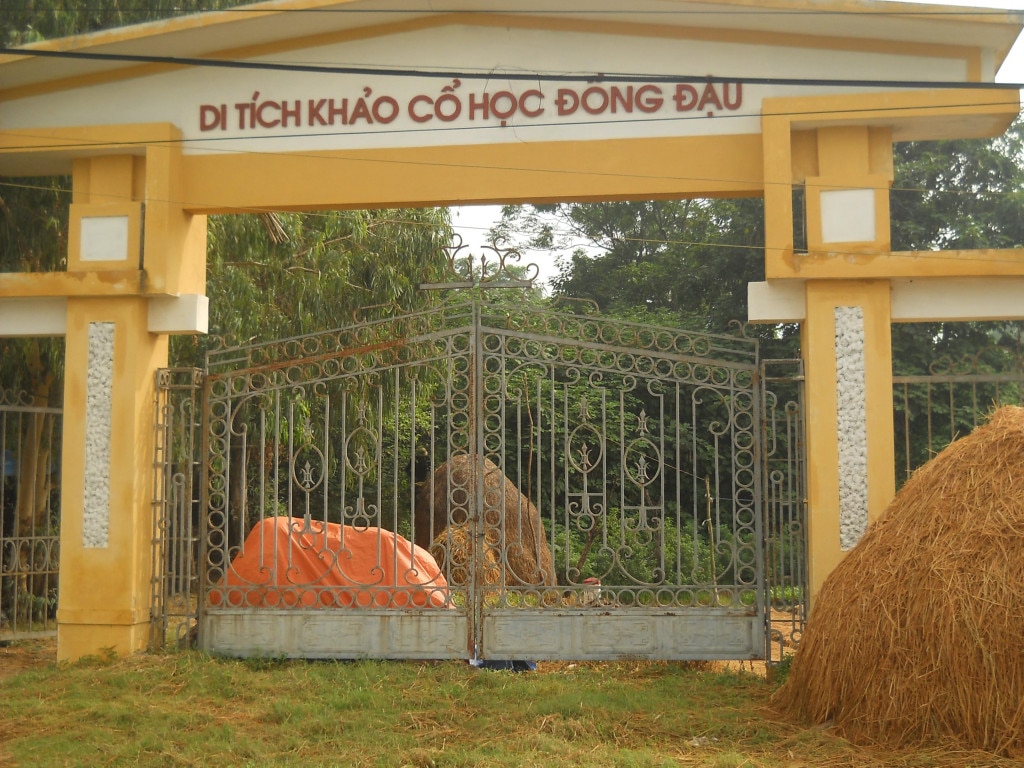
Monument gate. Photo: People's Army Newspaper.
Stone tools include production tools such as axes, adzes, chisels, and grinding wheels. Jewelry includes bracelets, beads, and earrings. Bone tools include spearheads, javelins, arrowheads, drills, and awls. Bronze tools include axes, spears, javelins, plowshares, awls, needles, molds, arrowheads, hammers, and bronze chopsticks. Pottery includes containers, cooking utensils, household and religious utensils, various types of vases, pots, jars, basins, forks, ceramic balls, net sinkers, and statues.
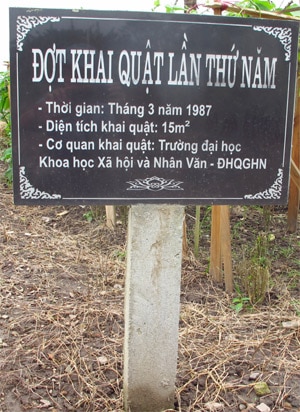
Photo: People's Army Newspaper.
During the excavation in 1968 to 1969, many relics were discovered such as yellow clay floors, kitchens, pits and for the first time discovered burials, the type of tomb buried in the residential area, close to the surface of the soil.
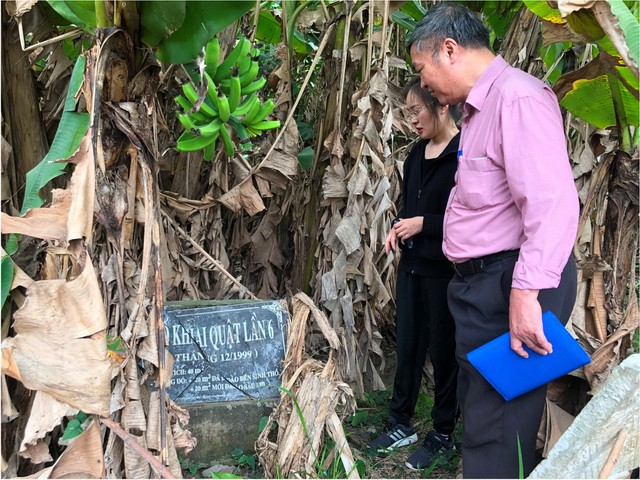
The 6th excavation site. Photo: Tien Dung.
The excavations also provided valuable anthropological data. Many researchers have conducted anthropological studies on the Dong Dau ancient human remains using a tomb dating back about 3,500 years.
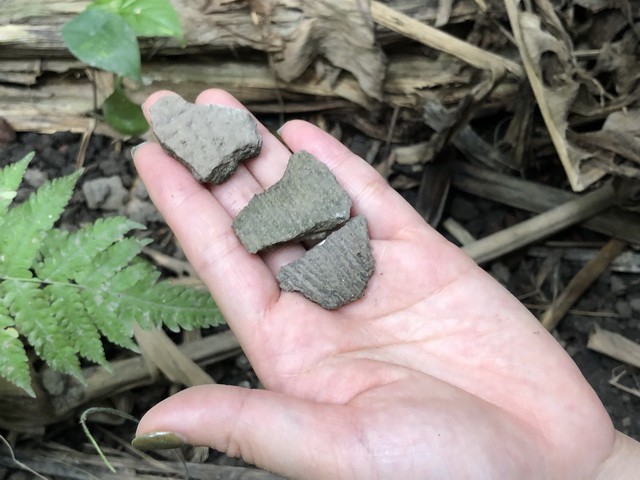
Ceramic artifacts. Photo: Tien Dung.
Most notable is the grave discovered in 1999 at a depth of 3.3m, on a ground 1.2m long, 0.5m wide. The skeleton is quite intact except for the left leg and foot which are crushed. Research results show that this person has blood type O. The area of the left humerus and right pelvis has a growing oval-shaped tumor.
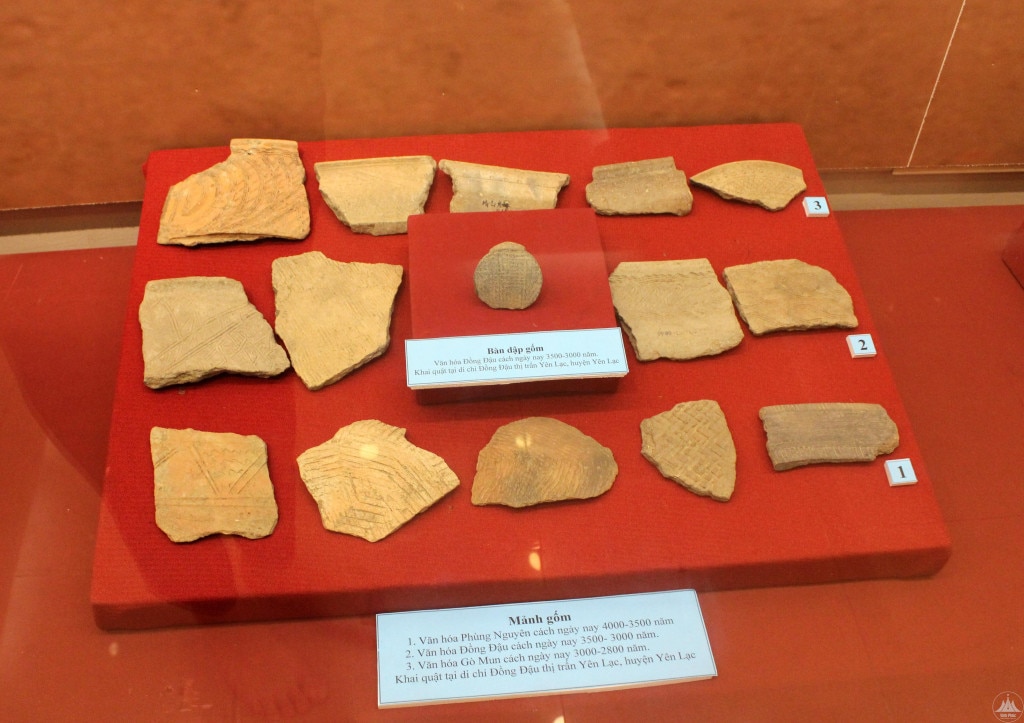
Pottery pieces. Photo: Vinh Phuc Newspaper.
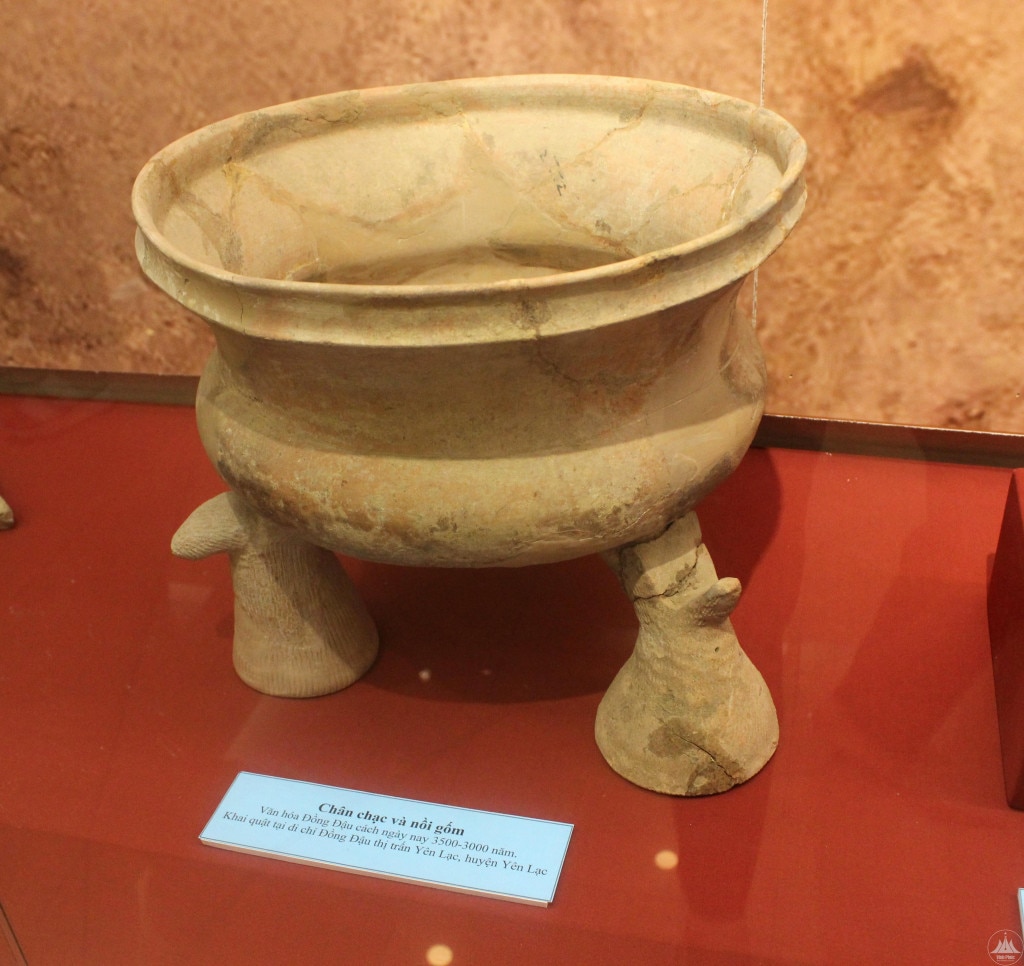
Fork. Photo: Vinh Phuc Newspaper.
This person was identified as a male, 1.59m tall, over 40 years old. On his right forearm was a large stone bracelet, the diameter of the stone bracelet was up to 106mm, the hole diameter was 56mm, and the thickness was 14mm. The human remains of the Phung Nguyen culture period excavated at Dong Dau were brought back to be preserved and displayed at Vinh Phuc museum.
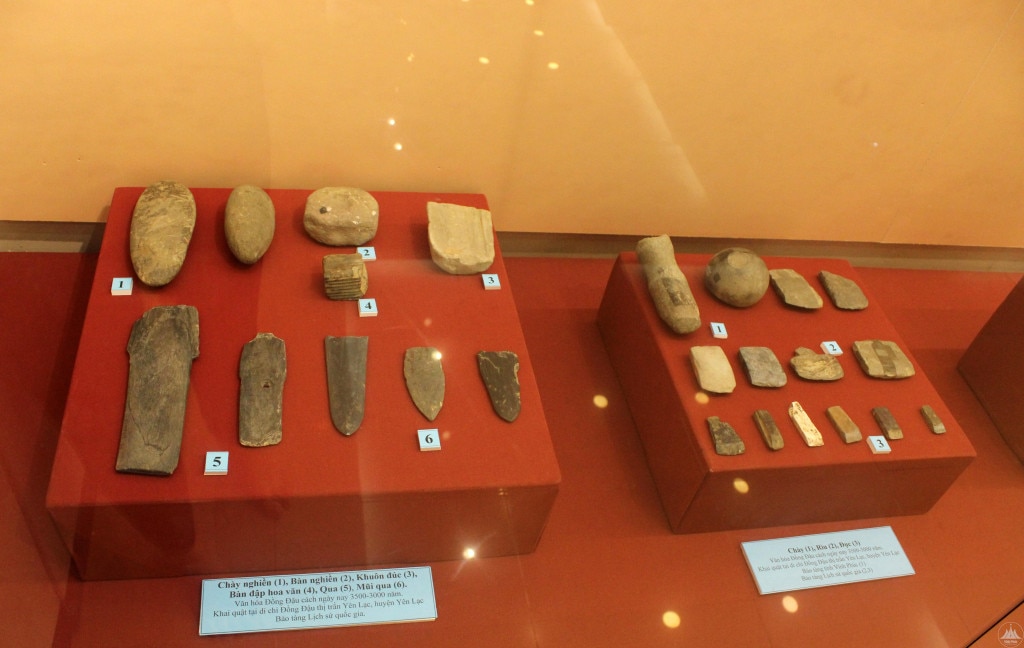
Photo: Vinh Phuc Newspaper.
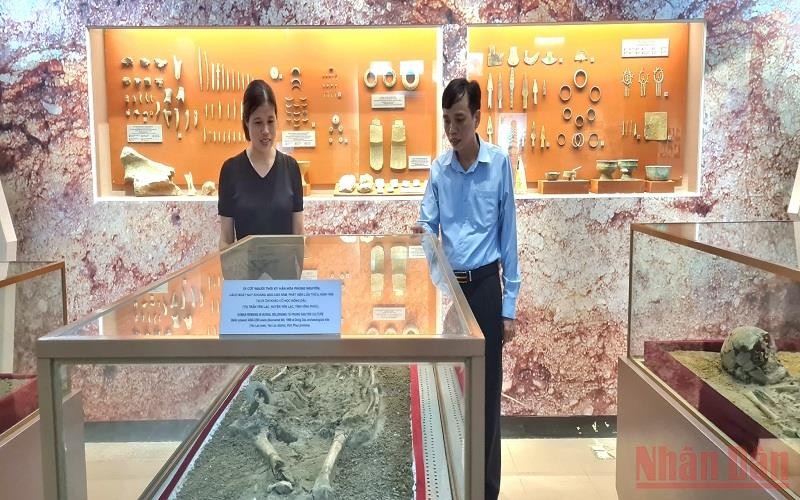
Display of human skeletons found in Dong Dau. Photo: Nhan Dan Newspaper.
Discoveries at the Dong Dau archaeological site show that people have lived in Yen Lac since the dawn of the nation. Dong Dau is identified as the place where ancient Vietnamese people lived through four periods: Phung Nguyen, Dong Dau, Go Mun, Dong Son. Scientists have sketched a picture of the ancient village during the Hung King period and pre-Dong Son cultures.
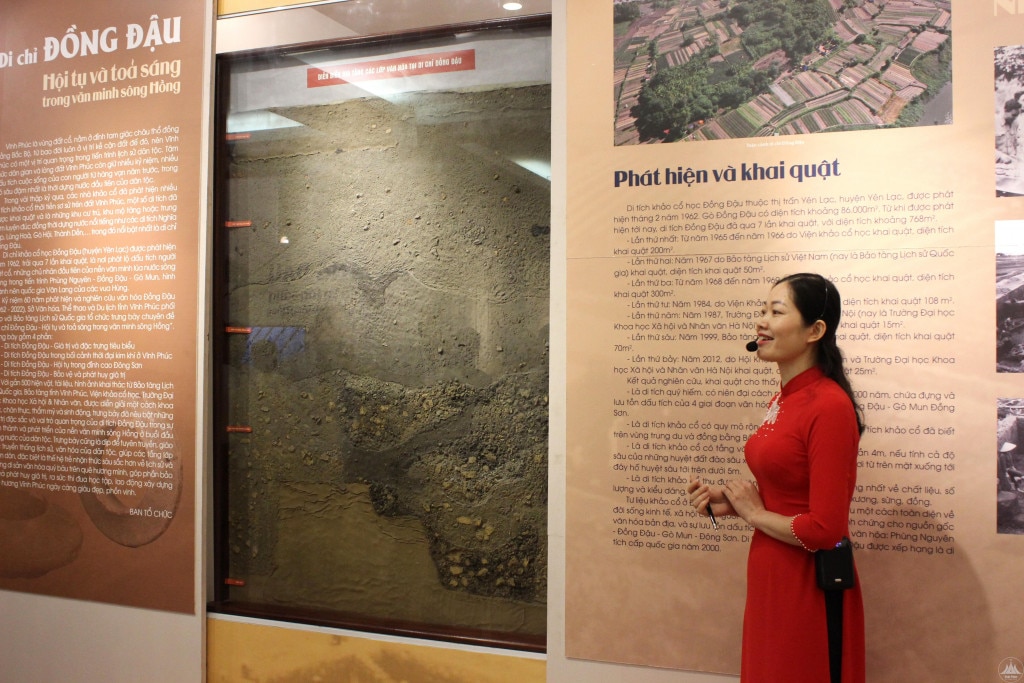
Photo: Vinh Phuc Newspaper.
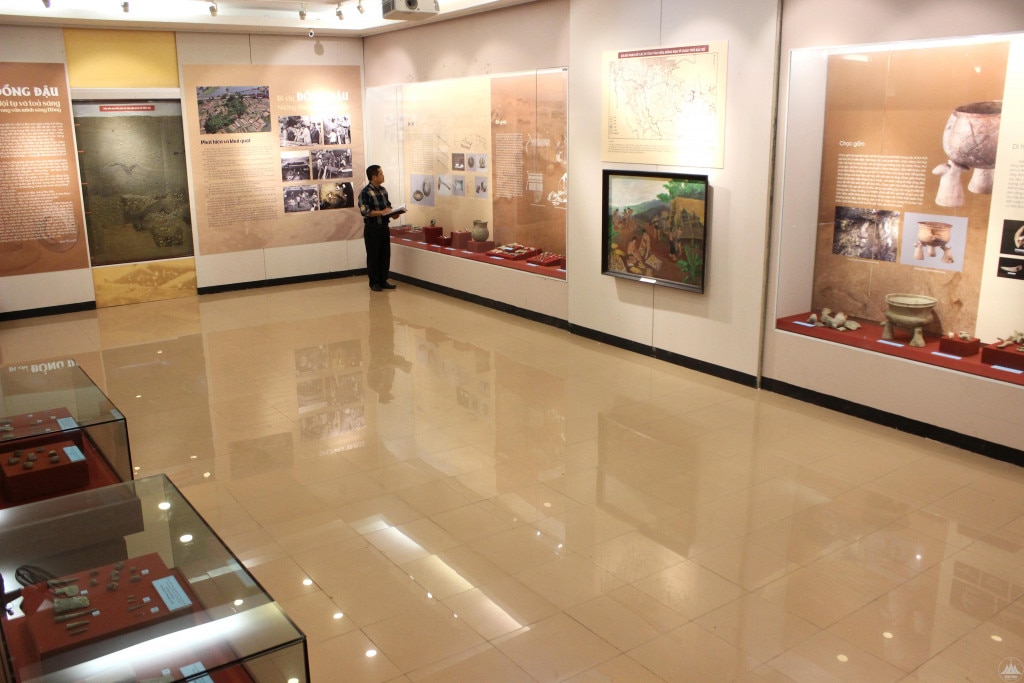
Artifacts on display at Vinh Phuc Provincial Museum. Photo: Vinh Phuc Newspaper.
At the same time, people also found here statues of buffalo, cows, chickens and burnt rice grains, proving that wet rice cultivation has existed for a long time. Dong Dau archaeological site is a valuable relic, contributing to affirming that in the historical process spanning 2 millennia, ancient Vietnamese people settled in Dong Dau, creating the Red River civilization, a brilliant wet rice civilization.
Synthetic


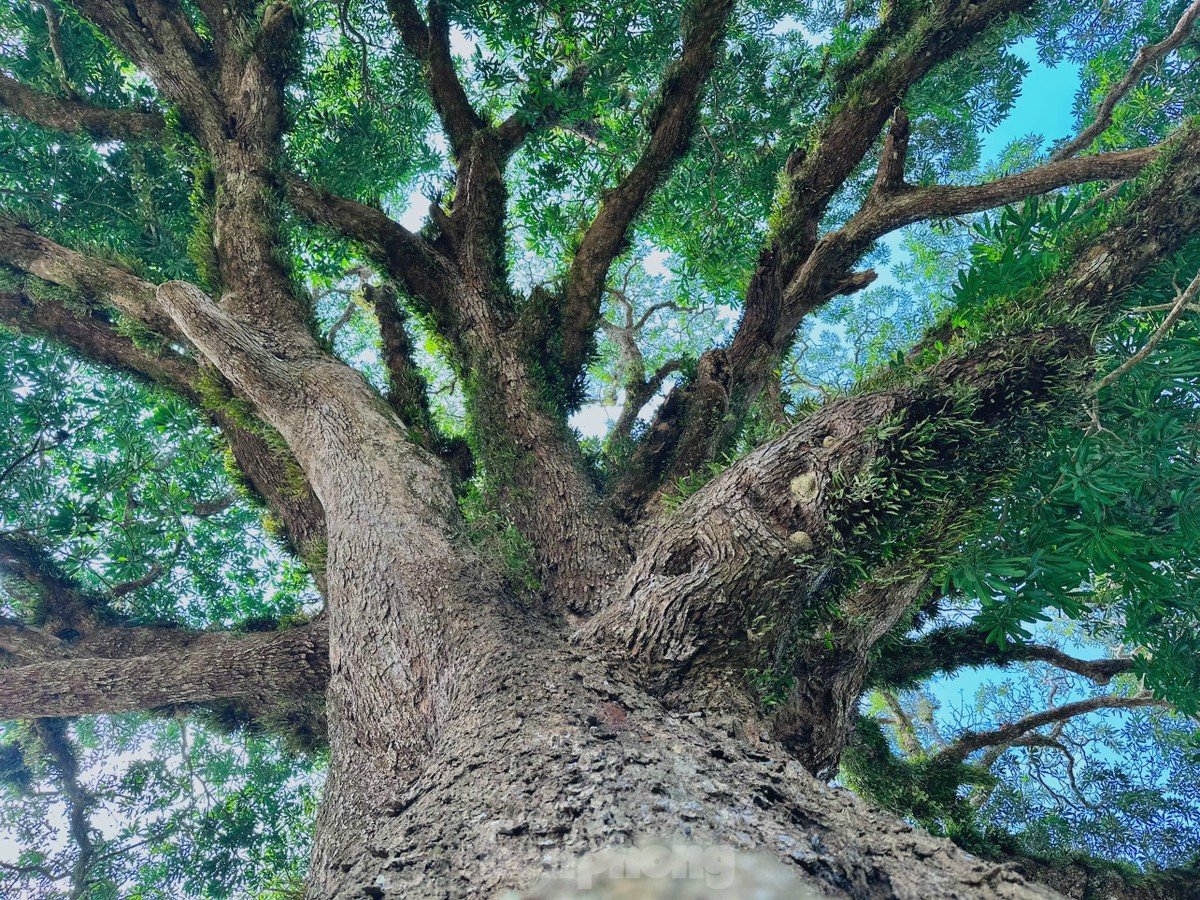
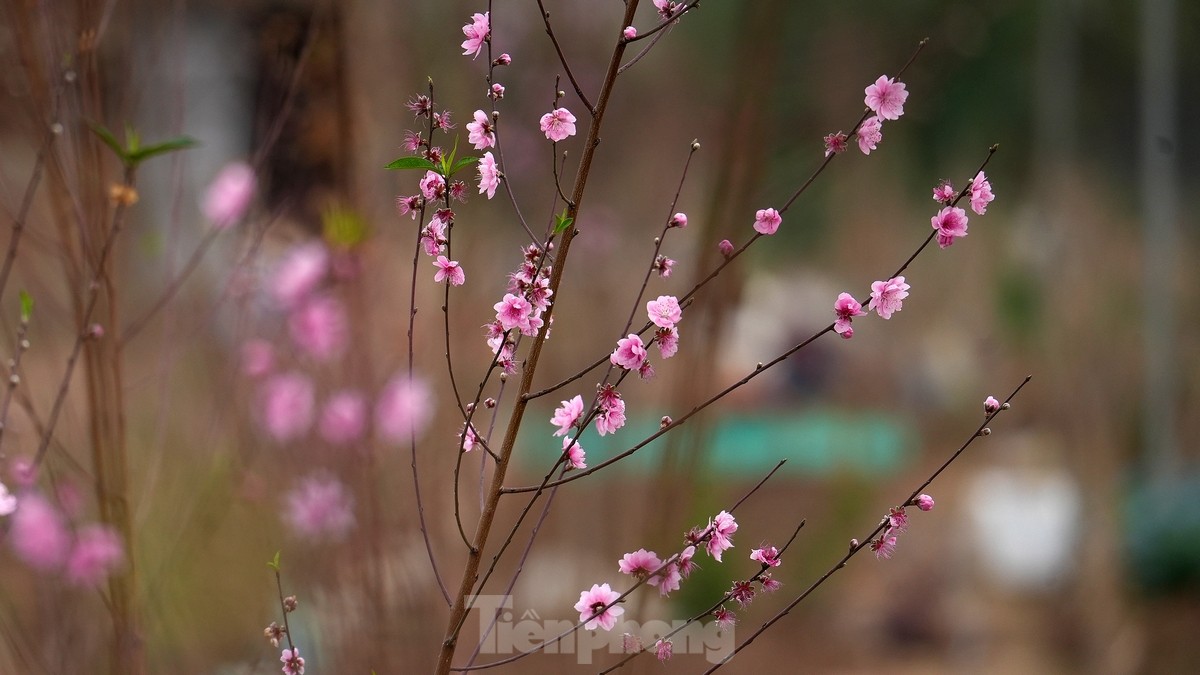

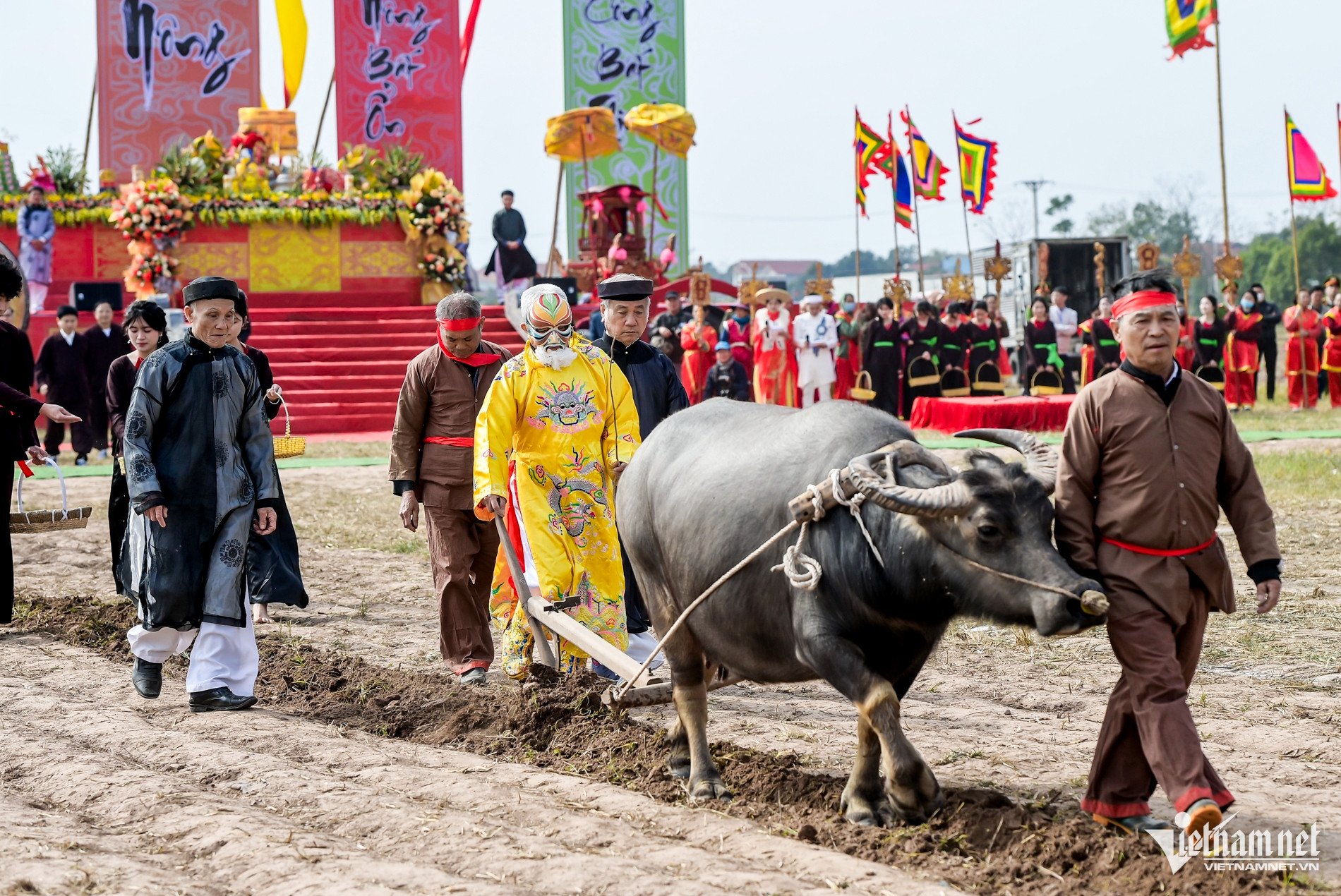

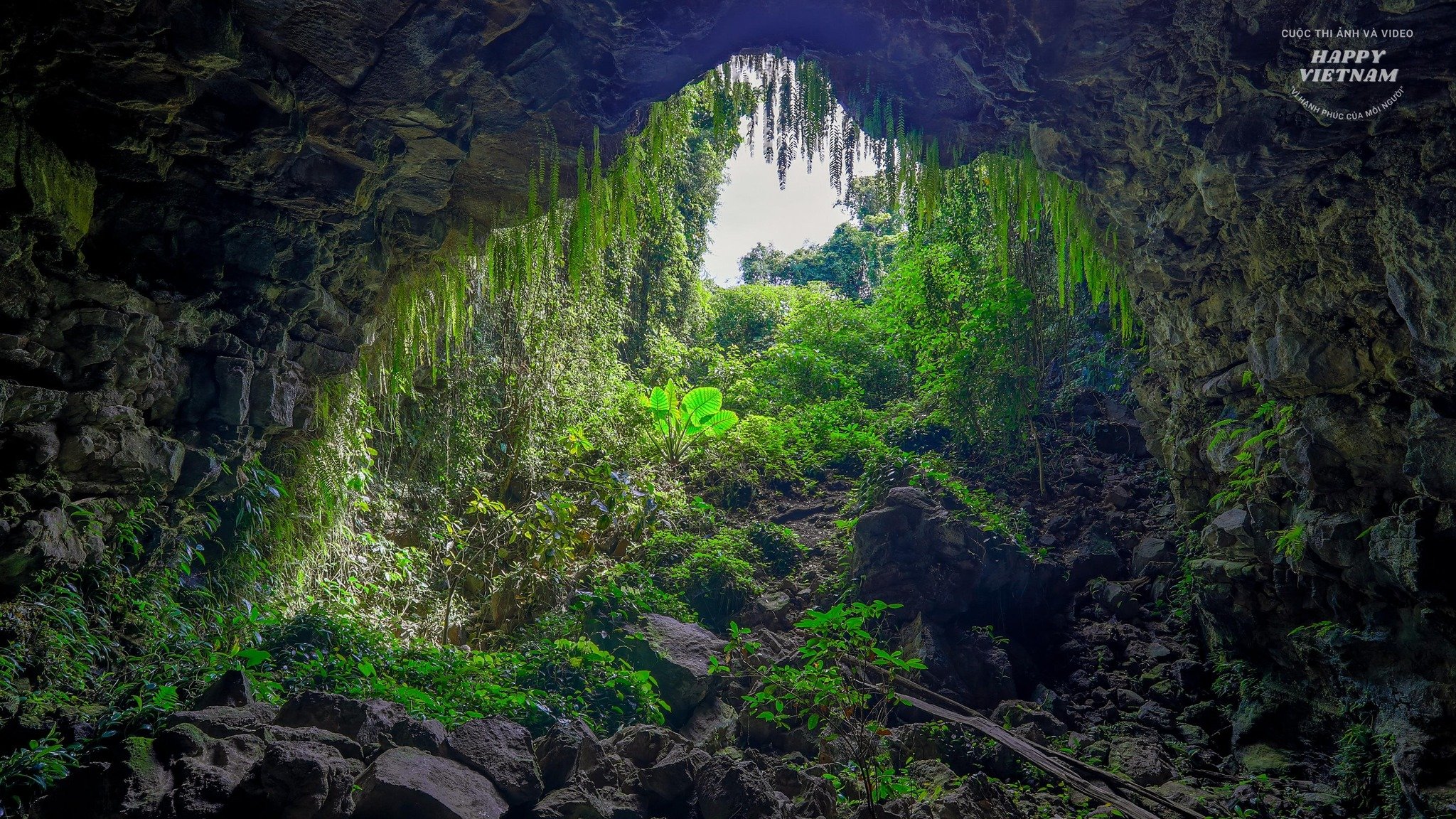












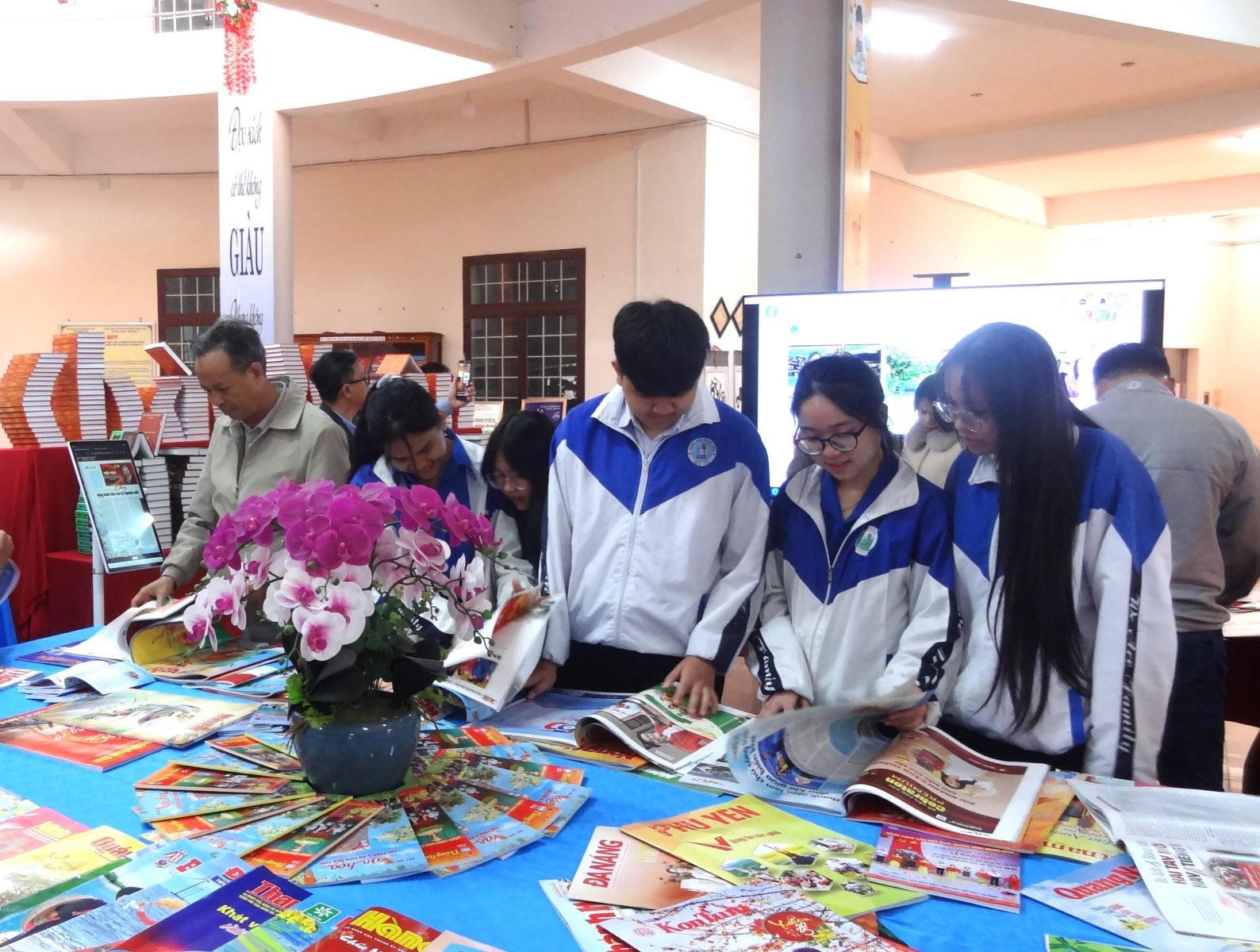

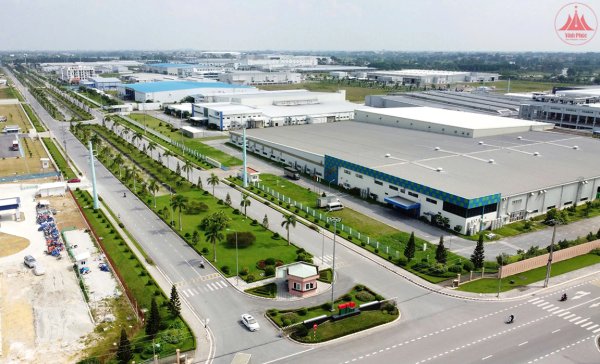


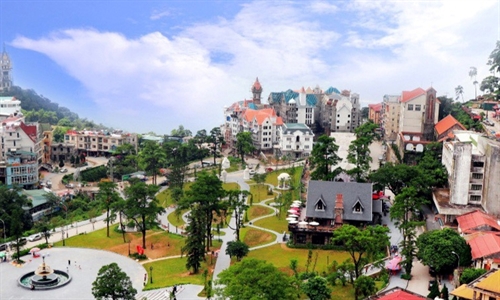
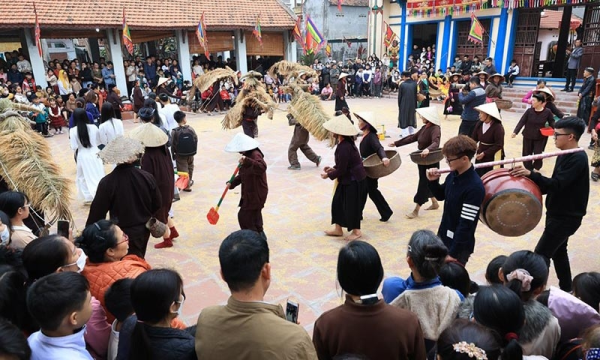
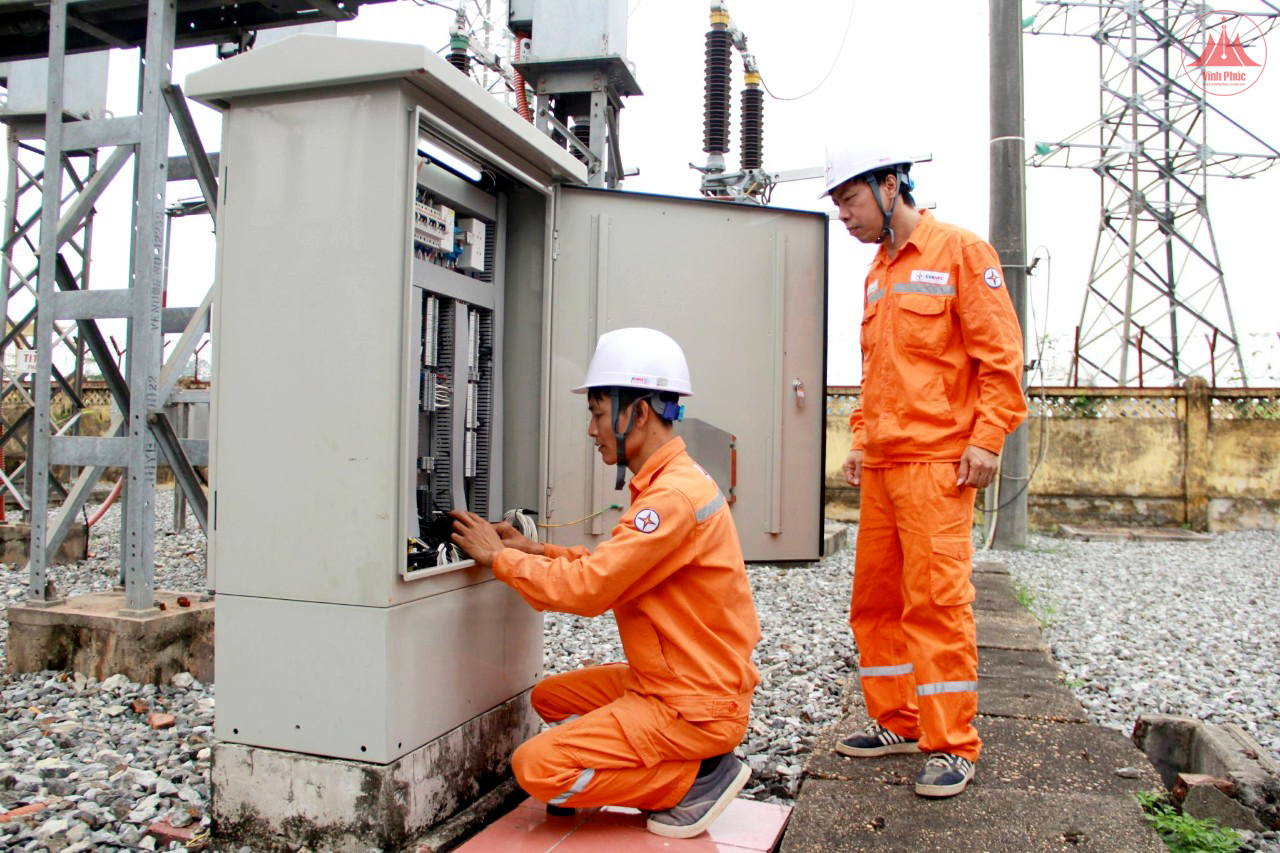
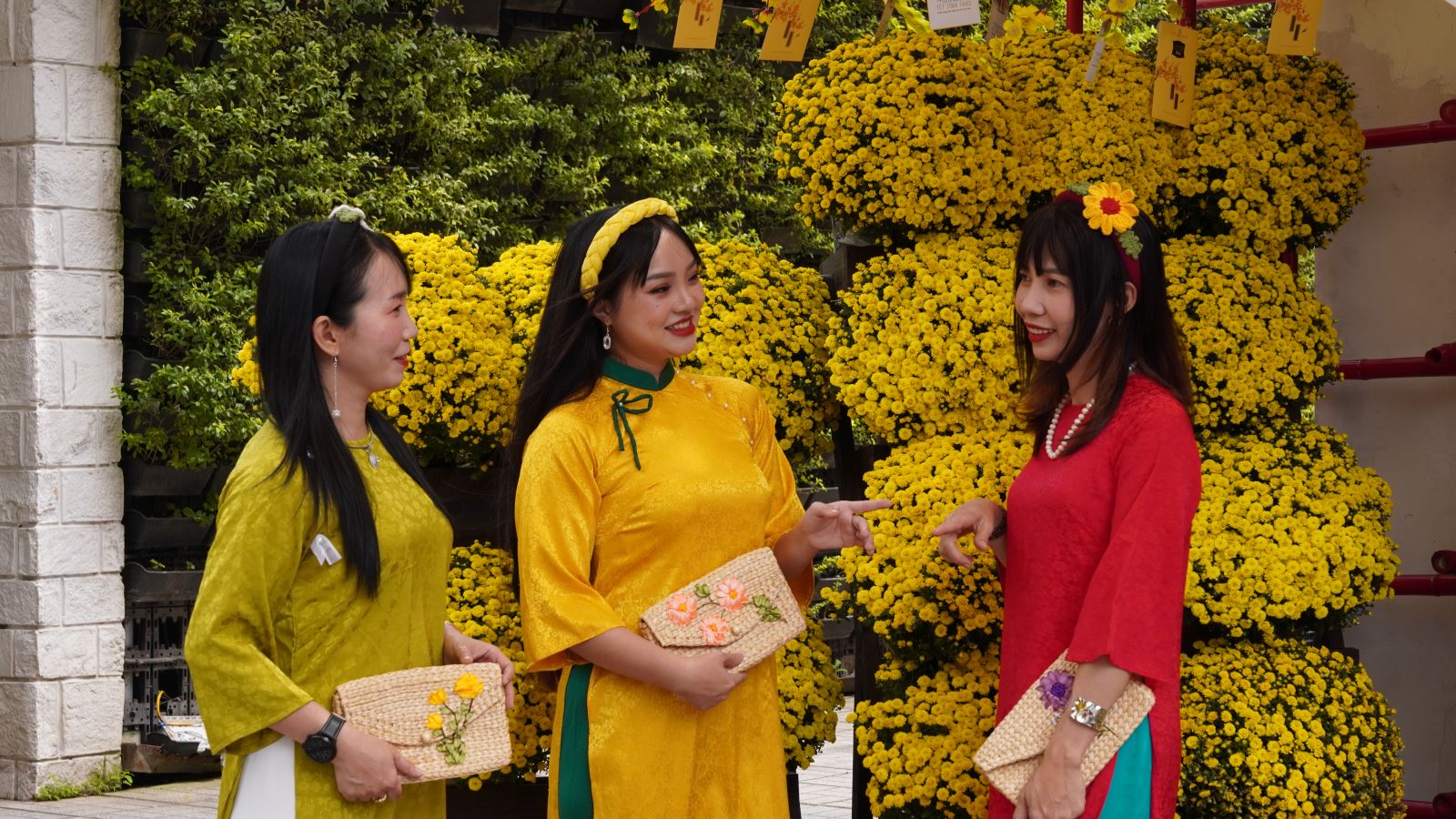



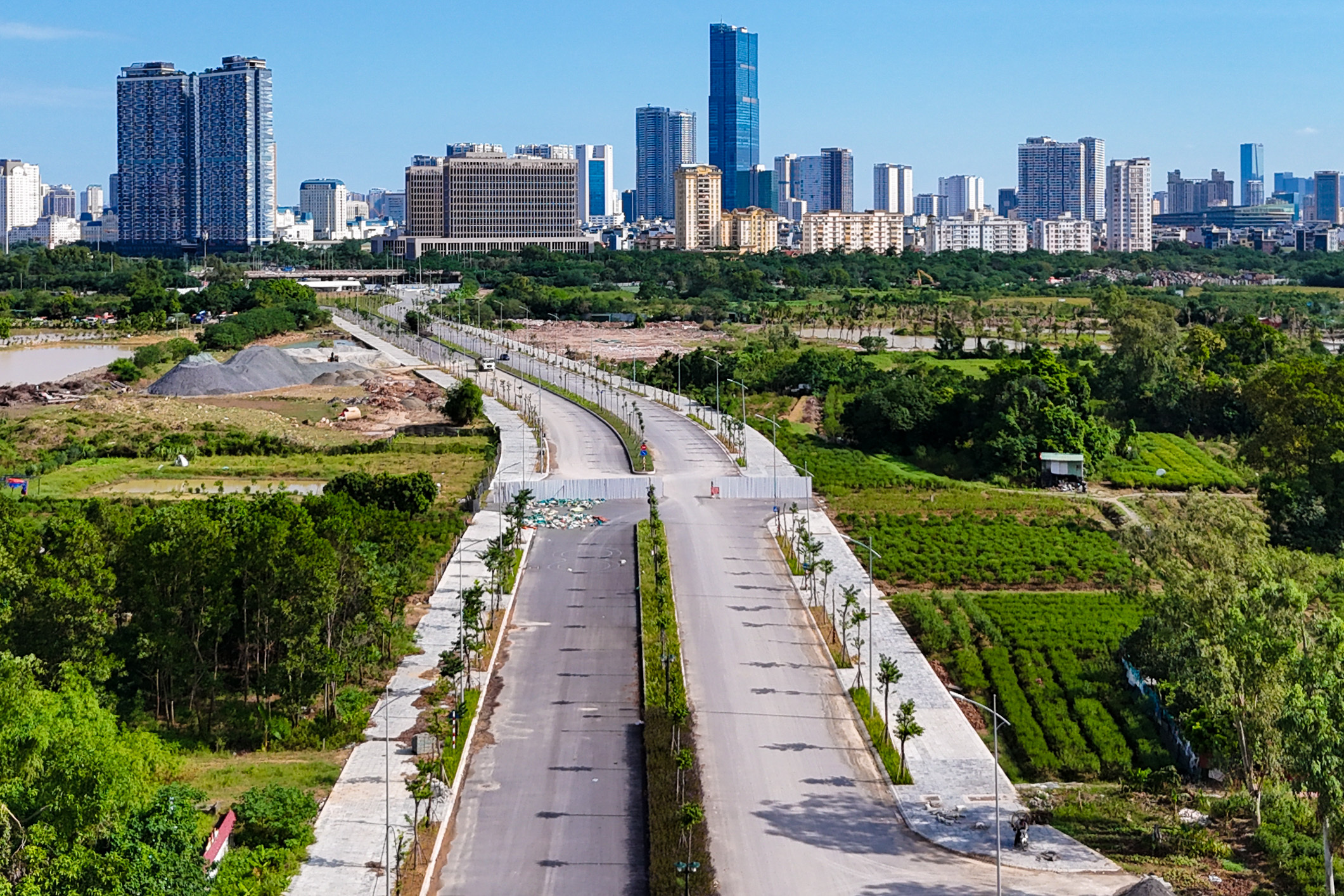






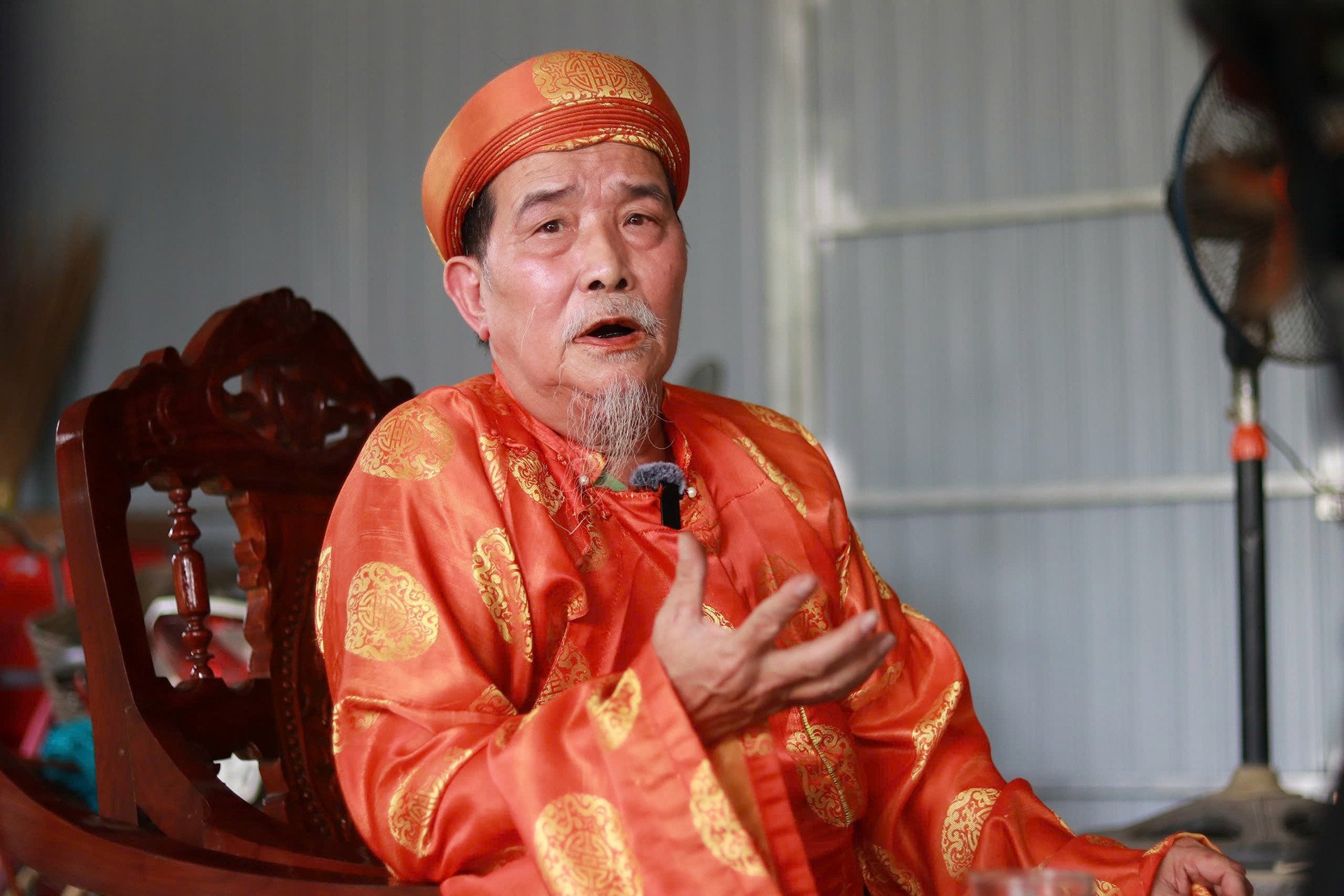

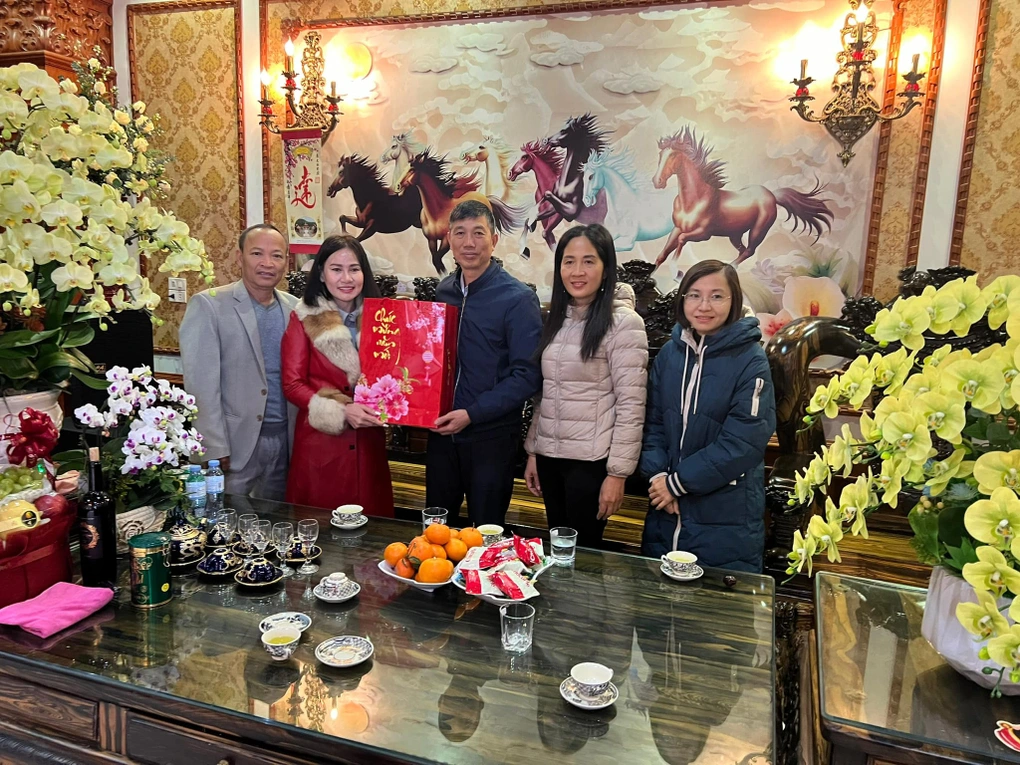








Comment (0)